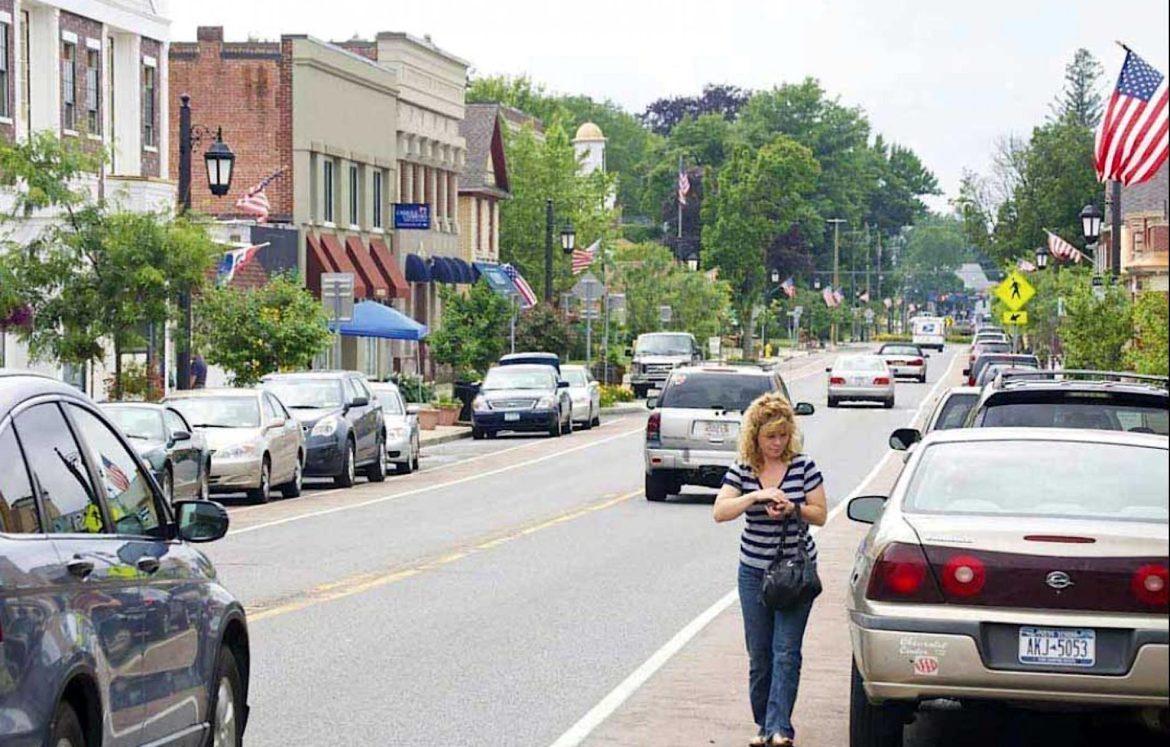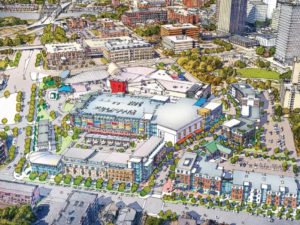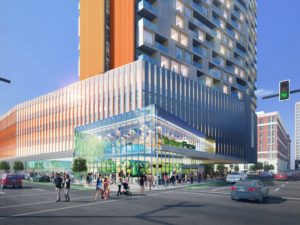
In celebration of the 25th Congress for the New Urbanism, Public Square is running the series 25 Great Ideas of the New Urbanism. These ideas have been shaped by new urbanists and continue to influence cities, towns, and suburbs. The series is meant to inspire and challenge those working toward complete communities in the next quarter century. “Building thoroughfares as places of beauty and social interaction requires a context-based approach to design,” writes Robert Steuteville for Public Square: A CNU Journal. “For much of the last century, thoroughfares were designed for maximum motor-vehicle mobility, often making cities and towns dysfunctional for people outside of cars. In walkable neighborhoods and centers, streets are public spaces that serve multiple social and economic functions while contributing to the beauty and character of a community. Such thoroughfares include main streets, boulevards, avenues, ‘shared space’ streets, and local streets designed for slow traffic speeds. As more communities seek better balance between cars and people, context-based street design is making inroads—among transportation engineers, planners, public officials, and citizens.” “Public Square editor Robert Steuteville interviewed Dan Burden, walkability expert and Director of Inspiration and Innovation at Blue Zones, and Wesley Marshall, associate professor of civil engineering at the University of Colorado at Denver, on the subject of context-based street design.”
After decades of decline, a citizen-driven effort redesigned the main street of Hamburg, NY, and the area is again a thriving village center. (Photo credit: Chuck Banas)
After decades of decline, a citizen-driven effort redesigned the main street of Hamburg, NY, and the area is again a thriving village center. (Photo credit: Chuck Banas)

Public Square interviewed Dan Burden, walkability expert and Director of Inspiration and Innovation at Blue Zones, and Wesley Marshall, associate professor of civil engineering at the University of Colorado at Denver. (Photo credit: CNU)
Public Square interviewed Dan Burden, walkability expert and Director of Inspiration and Innovation at Blue Zones, and Wesley Marshall, associate professor of civil engineering at the University of Colorado at Denver. (Photo credit: CNU)







